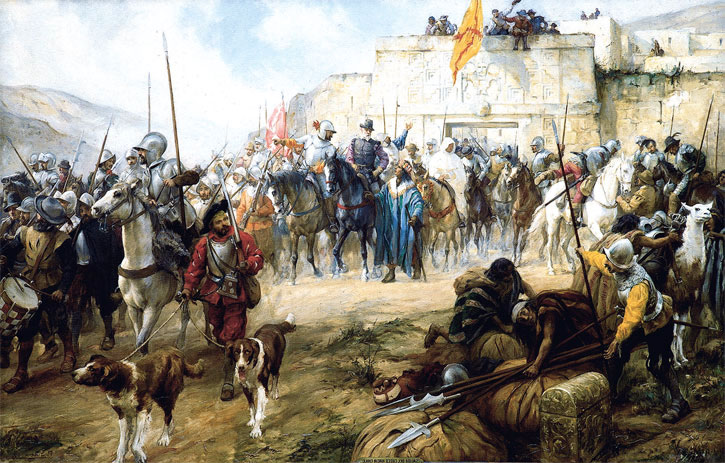Fashion Book Friday: The Origins of Italian Fashion. 1900-1945 by Sofia Gnoli
This is my archive of fashion related books. Most of them are in English, but many are not. Some are new, but many are real finds. Depends on the topic, really...
Italian fashion really burst on the international scene after 1945 (and boy, do I have books about that!) but this particular little album is all about the decades that preceded it, 1900-1945.
The first chapter looks at early, rather timid attempts to establish an Italian fashion, independent of Paris, often using motifs from Italian art and history. A lovely early example is the dress on the left by Rosa Genoni, (Milan, 1906). While it keeps many elements of mainstream fashions of its time: the overall silhouette, the delicate colours, its main inspiration in mood, decoration and details is Boticelli's Primavera, one of the most famous Italian paintings of all time. Genoni tried to both capture a specific "Italian spirit" and establish an independence form Paris. But for many decades, such designs remained a minority.
But much of the early Italian fashion was, in fact, anti-fashion, avangarde that sought to make the idea of fashion change itself superfluous (that´s not how Sofia Gnoli puts it, but hear me out). Both Spanish-born, Venice-working Mariano Fortuny and Roman Maria Monaci Gallenga were highly fashionable, especially among the elites, but their creations did not necessary follow or even take part in current fashion trends. Fortuny found inspiration in the elegant pleats and draperies of Antiquity, while Gallengo recalled Renaissance splendour in her work (opera coat on the right). Both were highly influencial, maybe precisely because they were not actually part of the of the fashion world - rather on the borders between art and fashion.
Similarly, many futurists collaborated whith theatres and fashion designers - and this books dedicates a whole chapter to these collaborations, with designs by Hiacomo Balla or Thayaht´s illustrations of Vionnet´s dresses. However the most radically piece of futurist "fashion" was Thayaht´s TuTa, a kind of jumpsuit that was first and foremost practical, easy to make and easy to wear, appropriate for all sexes and types of work, and should, therefore , replace the superficial vanity fair of fashion. (The TuTa itself is not in the book, the image below is taken from the Museo del tessuto in Prato).
A very important part of the book is dedicated to fashion within the political context of that time. Some aspects include the fascist regime´s attitude towards not just fashion, but feminity in general - an attitude not free from contradictions, as it propagated both a conservative, catholic worldview and the fascist ideal of a strong, physically active, sporty woman at the same time.
Quite another topic was self-sufficiency in terms of textile production (many of the countries involved in WWII had similar problems). This problem was in part solved by a strong rise in the artificial fibres production, but still, rationing had to be introduced by 1941. The image below shows a detail of a wartime dress: made with artificial "silk" fibres and with dressmaker´s skill in elegant details compensating for the limited fabric availability. Many companies that later achived worldwide fame started out in this atmosphere of limited means and a hightened need for creativity- Gucci, Fendi...









No comments:
Post a Comment